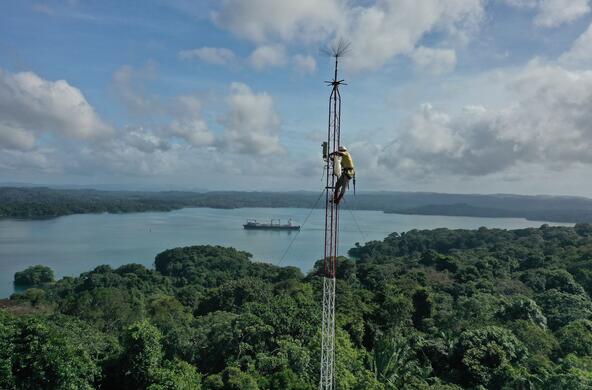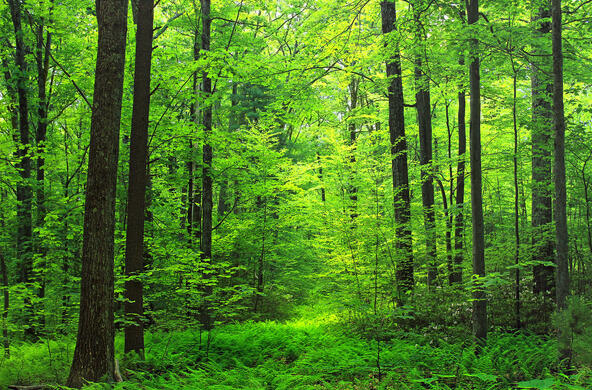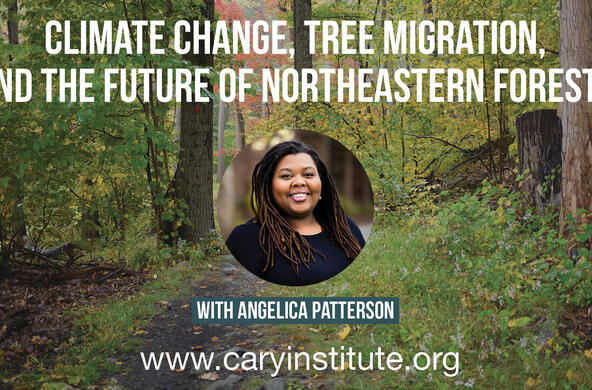Nearly everyone likes trees—for various reasons, not the least of which is that trees remove carbon dioxide from the atmosphere, potentially mitigating global warming.
A campaign by the Nature Conservancy hopes to plant a billion trees during the next few years—a small attempt to restore some of the two trillion trees that humans have removed since the beginning of civilization.
A billion trees, each growing to a size of 10 tons over the next fifty years, would remove about 1% of the current annual emissions of CO2 to the atmosphere. So, we need to think boldly about replanting trees—more than a billion.
Each year deforestation, largely in the tropics, is responsible for about 13% of the emissions of carbon dioxide to the atmosphere. Protecting existing forests would offer a major contribution to preventing climate change.
Without carbon dioxide uptake by trees, its concentration in the atmosphere would be rising nearly twice as fast as we observe today. The atmosphere over urban areas often shows a “halo” of high carbon dioxide, reflecting the abundant use of fossil fuels in cities and limited uptake by vegetation.
Far from being a lunatic fringe, those who plant trees are making the world a more pleasant place for humans. When trees are planted in cities, their transfer of water from soils to the atmosphere—a process known as transpiration—results in significant cooling of the atmosphere.
Each gram of water transpired as vapor carries with it more than 540 calories (~2260 joules) of heat energy—known as the latent heat of evaporation. Some trees, particularly those that normally are found in wet habitats, are better at transpiration than others, with rates of water loss ranging up to 60 gallons per day for a mature tree. Together the world’s remaining forests return about 40% of the global rainfall to the atmosphere as vapor each year.
Trees planted in cities are usually accompanied by a reduction in the paved area—what is known as impervious surface. Less impervious surface results in lower flood risk and greater amounts of moisture entering the soil for plant uptake.
Reductions in impervious surface are also associated with reductions in the runoff of nitrate, which is taken up by trees and soil microbes. Reductions in pavement result in cooling, especially a night. Pavement absorbs heat during the day and reradiates it at night, acting as a thermal capacitor.
In suburbs, neighborhoods with trees routinely carry higher real estate values than those without. Humans put a value on trees, even if we don’t regularly think about carbon uptake and water loss.







